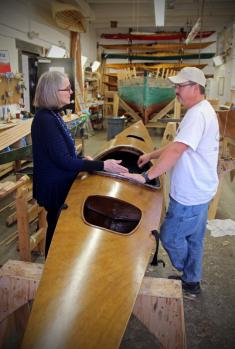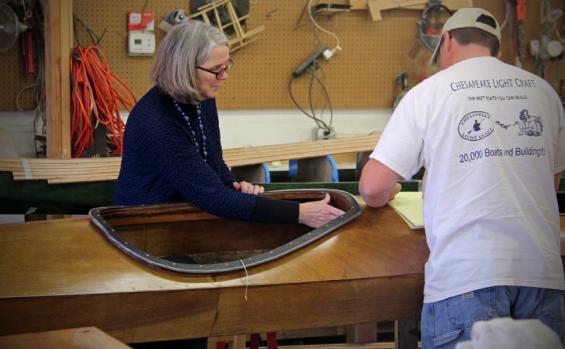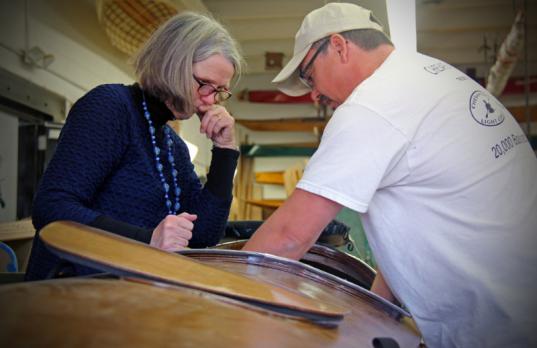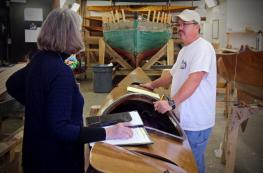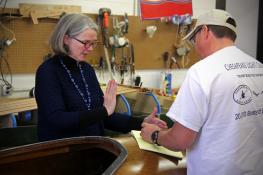If you’ve never heard of Guatemala City’s garbage dump, it’s not a shock. It’s a heartbreaking, foul place: what was once a ravine stretching through the nation’s capital is now an area of 40 acres and growing, brimming with waste (both household and hazardous ). The margins of the landfill are so heavily populated that they are considered a city municipality, with 30,000 residents squatting around the perimeter and scavenging the dump for a living, and almost 5000 people actually living on the dump itself.
). The margins of the landfill are so heavily populated that they are considered a city municipality, with 30,000 residents squatting around the perimeter and scavenging the dump for a living, and almost 5000 people actually living on the dump itself.
It’s not a place that makes the nightly news on a regular basis.
Deborah Walters first experienced the Guatemala City garbage dump through Safe Passage, a non-profit organization started in the late 90s to provide children of the dump with an education. “At first, I offered to write some grants for them, because that’s what I find myself doing quite a bit in my academic job,” she says. “But people kept saying to me, ‘Come down and see the dump. You have to see it.’ So finally I just went.”
She quickly realized that she wanted to make a bigger difference than simply writing grants and attending fundraisers. Walters is an avid and adventurous kayaker, with several Arctic expeditions under her belt. She decided to embark on a journey that would take her from Maine to Guatemala, allowing her to stop along the way and make presentations, bringing awareness to the people of the Guatemala City garbage dump.
Deborah Walters goes over modifications to her kayak with CLC's Joey Schott. Photos by Blaine Skilling.
Pairing up with her is Chesapeake Light Craft in Annapolis, who initially provided Walters with the Chesapeake 18 kit and will be refurbishing the boat for her journey. “We’ll be making modifications to make it more expedition-worthy, with safety first and foremost, then durability second,” says Joey Schott of Chesapeake Light Craft. “Because she’s going to be out there on her own, she has to be self-sufficient.”
[caption id="attachment_8069" align="alignright" width="252"] Deborah Walters paddling the Arctic.
Deborah Walters paddling the Arctic.
Photo courtesy of Deborah Walters[/caption]
Walters’ Arctic expeditions have helped her to prepare for the journey. “In the arctic I would eat between 5000 and 6000 calories a day. I would eat sticks of butter, which sounds absolutely gross. But when you’re working really hard, it’s very appetizing. The Inuits would give me whale blubber, which was also very satisfying, but not something I’d eat at home.” Walters has subbed out the whale blubber and butter sticks for her own concoction of peanut butter, olive oil, soy powder, and honey, which sustains her happily. “I’ve found that I really enjoy it,” she says.
While the trip ahead of her is certainly a daunting one, it isn’t her sole focus. “I really want to tell the story of the children who live in the Guatemala City garbage dump, and how through Safe Passage they’ve been able to start dreaming about a future, and help break the cycle of poverty,” she says. We all agree that there should be nothing stopping her.
Visit safepassage.org/expedition to learn more about Deborah Walters and the Safe Passage School. Walters’ expedition itinerary anticipates an October 2014 arrival in Annapolis; contact her for details on how you can learn more and help out.
